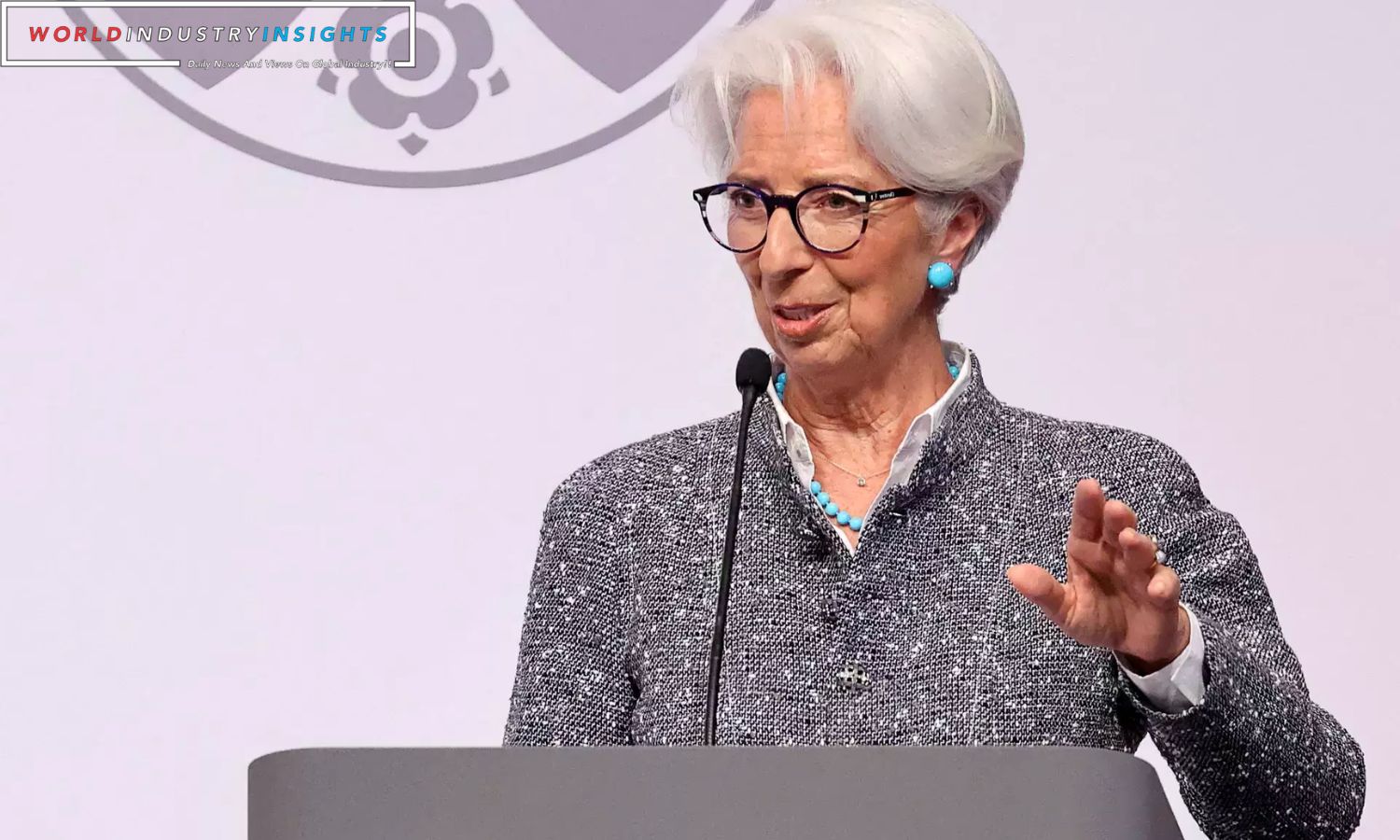Digital Euro Ambitious Leap: In a significant move, the European Central Bank (ECB) has taken a leap toward launching a digital euro within the next few years. This move puts the spotlight on central bank digital currencies (CBDCs) and their role in the evolving landscape of money.
While several countries have already introduced CBDCs, including China’s trial of a prototype yuan with 200 million users and India’s preparations for a pilot program, the ECB’s recent initiative is a notable one. It marks the first major Western central bank to officially explore the digital currency realm and could potentially set a global standard.
Proponents of CBDCs argue that they will bring innovation to payment systems, offering new functionalities and providing an alternative to physical cash, which is on a declining trajectory.
However, questions loom about the true advancement CBDCs represent. Uptake has been slow in some countries that have adopted them, like Nigeria, and there have been protests against the ECB’s CBDC plans, driven by concerns about privacy invasion. Commercial banks worry about the potential costs and the risk of customers shifting their funds into central bank accounts. Developing nations are concerned about the potential disruption a widely accessible digital dollar, euro, or yuan might cause to their financial systems.
The big question on everyone’s mind is, “What is money?” The ECB’s digital euro plan is receiving global attention. If it can address issues related to privacy, cybersecurity, and offline use effectively, it could set a precedent for other central banks.
The journey toward CBDCs was accelerated five years ago when Facebook unveiled plans for its own digital currency. Yet, policymakers are still working to convince the public of the necessity of CBDCs.
Also Read: EU Launches Digital Services Act Impacting Major Tech Platforms
Fabio Panetta, an ECB Executive Board member overseeing the digital euro project, believes it will “future-proof” the currency and reduce dependence on U.S.-based credit card payment systems. However, experts remain skeptical.
Lee Braine, Barclays’ Managing Director of Advanced Technologies, points out that it’s unclear what a retail CBDC can offer that commercial bank money cannot. There’s a risk of creating a two-tier system if CBDCs are allowed different functionalities or data disclosure rules compared to traditional bank accounts.
One major unknown is whether the U.S. Federal Reserve or the Bank of Japan will launch retail CBDCs. India could potentially serve as a more effective test environment than China due to its relatively more open economy.
While some countries, like Canada, seem to be taking a cautious approach, many early adopters of CBDCs have reported limited interest among their citizens. For instance, the Bahamas, which launched the world’s first digital currency in 2020, saw a decline in personal transactions involving its SandDollar.
An International Monetary Fund (IMF) paper noted that public adoption of Nigeria’s eNaira has been “disappointingly low,” with 98.5% of wallets remaining unused. Despite these challenges, the central bank of Nigeria maintains that the current level of eNaira adoption aligns with their expectations.
The IMF is actively assisting dozens of countries with their CBDC plans and plans to publish a guide on the subject. They are developing an XC platform to process CBDC transactions.
The choices made by the ECB and India in terms of technology could potentially set the groundwork for a global standard for CBDCs, much like VHS did in the early era of videotapes.
The fundamental question regarding the development of CBDCs remains: How can these digital currencies enhance the financial system? That’s the ultimate goal of this evolving landscape.
Our Reader’s Queries
Is the digital euro coming?
The digital euro is set to bridge the gap in the financial market. The preparation phase of the digital euro project will commence on 1 November 2023 and will last for two years. During this phase, the digital euro rulebook will be finalized, and providers will be selected to develop a digital euro platform and infrastructure. This will pave the way for a seamless and efficient digital currency system.
What are the cons of digital euro?
One major drawback is that several European cultures still heavily rely on cash. Additionally, the European Central Bank (ECB) may be placing too much emphasis on quickly testing the digital euro due to the rise of cryptocurrency and the need to stay competitive. Financial institutions also lack experience with digital currencies, which means new systems must be established.
What is the point of a digital euro?
Introducing a digital euro would guarantee that individuals and businesses have access to central bank money in a digital format, ensuring a secure payment method as cash usage declines. The primary objective is to maintain the EU’s monetary independence as digital payments become more prevalent. By implementing a digital euro, the public can rest assured that they have a reliable and secure payment option at their disposal.
What is the holding limit for the digital euro?
The digital euro’s use as a store of value may be limited by the Commission’s proposal, with holding limits ranging from EUR 3,000 to EUR 4,000. This was suggested by former ECB Executive Board Member Fabio Panetta in the previous year.


